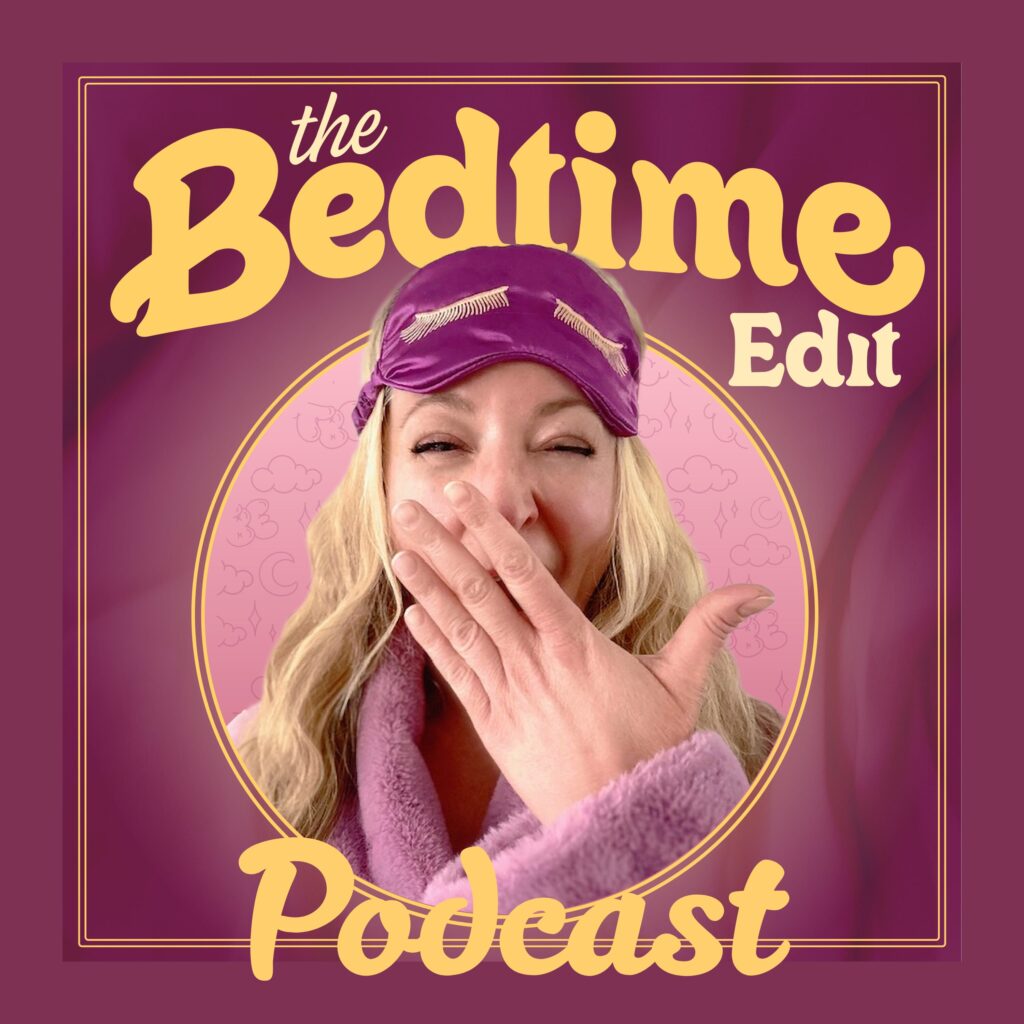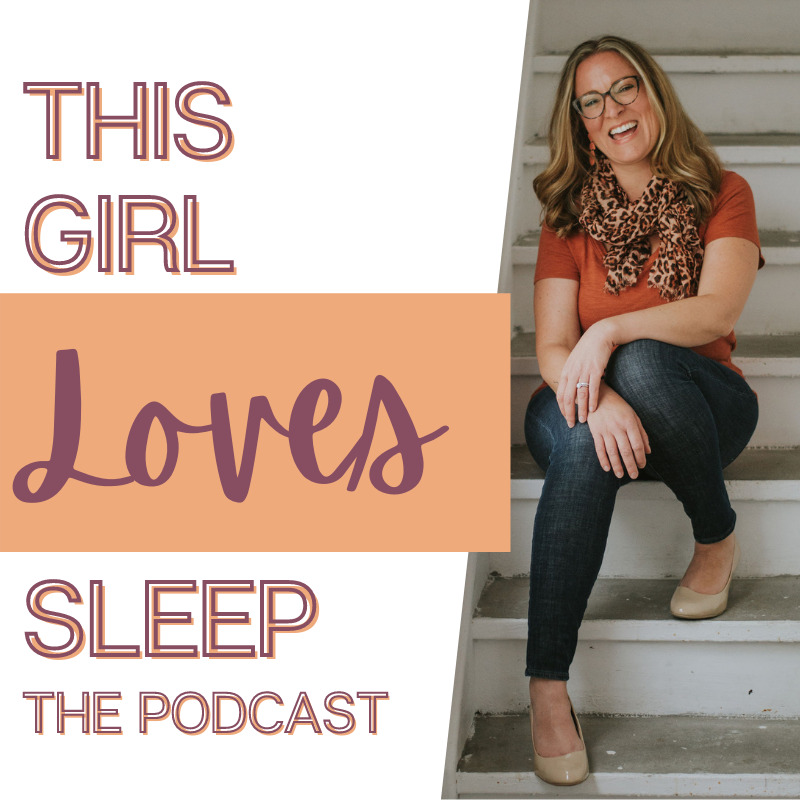Even before winter officially starts, many of us are already living with less hours of daylight and drearier, colder weather. If you’ve been feeling down, irritable, low on energy, or craving sweet or starchy foods more than usual, you may be experiencing seasonal affective disorder.
Seasonal affective disorder (SAD), is a type of depression that’s common in the winter months, especially in women. In addition to the symptoms listed above, it can also cause you to sleep more or less than usual. The duration and severity can vary significantly from person to person, but the good news is that there are things you can do to ease the symptoms and get through winter without feeling low all season long.
How Seasonal Affective Disorder Impacts Your Sleep
Here at Good Night Sleep Site, we get asked a lot if SAD affects sleep and sleep behaviors, and if we have any sleep tips to share that can help minimize SAD and the impact it can have on daily life. While it’s not easy to know exactly what causes SAD, there are several elements that play a key role, many of which are integrally connected to your sleep cycle. Let’s take a look at some specifics.
- Vitamin D – Vitamin D is believed to help elevate serotonin activity. So, when you have low vitamin D, it’s very common to feel depressed.
- Circadian rhythm – fewer sunlight hours in the winter months can disrupt our natural biological clock, which can lead to an increased risk in feeling depressed.
- Melatonin levels – darkness increases your production of melatonin, which helps regulate sleep. But elevated melatonin levels can make you sleepier and more lethargic, which influences normal sleep behavior and moods.
When it comes to sleep disturbances caused by SAD, the most common issue is hyperinsomnia, followed by insomnia. Hypersomnia, or excessive sleeping, results in either excessive daytime sleepiness or excessive time spent sleeping. Either option can lead to feeling like it’s hard to stay awake during the day. And to complicate things, even if you are sleeping more than usual, you’re likely experiencing a decrease in time spent in deep, restorative sleep. As a result, it’s common for those suffering from SAD to feel anxious or concerned about why they feel so tired during the day, when they’re sure they’re getting enough sleep.
4 Tips For Managing Seasonal Affective Disorder
Fortunately, people will naturally see a reduction in SAD symptoms as the seasons start to change from winter to spring. However, that certainly doesn’t mean that you have to suffer all winter long! There are several things you can do to reduce the impact that SAD has on your everyday life and to help you get through the winter months feeling a bit better.
1 – Expose yourself to more light. Since a reduced amount of sun exposure is one of the things that triggers SAD, do what you can to get more light during the day. Try sitting by a bright window, going out for a walk during the day, or investing in a light box. Philips has two great options that produce artificial light, which can help suppress the release of melatonin and increase your mood. The Philips Wake Up Light uses coloured sunrise simulation to wake you naturally during those dark winter mornings, or the Philips Blue Energy Light emits a soft, blue light that can be used for 20-30 minutes a day to increase energy levels and mood.
2 – Prioritize a healthy diet. Choosing foods that give your body energy such as proteins, healthy fats and fruits and vegetables will help keep your energy up and avoid sugar crashes. Winter is a great time of year to enjoy things like vegetable soups and hearty stews instead of indulging in starchy or sugary comfort foods. Additionally, rich foods can actually make it harder to fall asleep, and stay asleep.
3 – Keep active. Not only will you benefit from more light when you get outside, but bundling up and enjoy winter activities like skating, playing in the snow, or going for winter walks will boost your serotonin and naturally elevate your mood. Fresh air and physical activity promotes quality sleep.
4 – Set yourself up for sleep success. As the seasons change, it’s time to audit your bedroom to make sure it’s conducive to helping you get the best sleep possible. Winterizing your bedroom for sleep can include adding an artificial light, but can also include things like changing up your bedtime routine as well as making changes to your sleep environment.
Take Care Of Your Health This Winter
If you aren’t sure if you’re struggling with seasonal affective disorder or if you’ve tried several things to help but are still feeling depressed, see a doctor to seek further diagnosis and support. Feeling low in the winter months due to SAD is a common issue, but don’t just write off the winter season and hibernate. Prioritize your health and wellness, treat yourself gently, and hopefully, you’ll be able to find a few things that work for you and make winter easier to handle.










